
Write something
Beginner Prepper’s Journey: Week 13 – Bartering & Trade: Building a Survival Economy
Welcome to Week 13: When Cash is Useless, Skills & Supplies Rule Congratulations on making it to another week of your prepping journey! As you continue to grow your preparedness mindset, it’s time to shift focus from just personal survival to economic survival. In a true crisis, when banks close and paper money loses value, barter and trade become the new economy. This week, we’ll teach you how to identify what holds value, what to trade, and how to stay safe while doing it. Why Bartering Matters in a Collapse - Money may lose value overnight in a crisis. - Supplies and skills become the new currency. - Building a survival economy helps you and your community thrive, not just survive. Tasks for Week 13 1. Identify Valuable Barter Items - Focus on high-demand, low-supply essentials: - Make a list of what you have to spare and what you’d be willing to trade. 2. Inventory Your Skills as Barter Assets - What skills do you have that are useful in a crisis? - Practice and improve one barterable skill this week. 3. Create a Barter Kit - Store small tradeable items in organized, waterproof containers. - Include common sizes (like travel-sized hygiene items or mini lighters) for easy trading. - Keep your kit accessible but protected—you don’t want it to be stolen. 4. Practice Trade Scenarios - Create mock barter deals with your household or preparedness group. - Learn to negotiate without giving away desperation. - Practice trading with trust but always stay cautious—security comes first. 5. Build Your Local Trade Network - Know who in your area is a resource. Can you exchange food for repair work? Training for gear? - Start forming discreet connections now—you won’t want to scramble when SHTF. The Outcome: Why This Matters for You ✅ Survive the Collapse – When money means nothing, you’ll have what people actually need. ✅ Leverage Your Value – You’ll trade supplies or skills to get what you don’t have. ✅ Build Community Resilience – Preparedness is powerful alone—but unbeatable together.
0
0
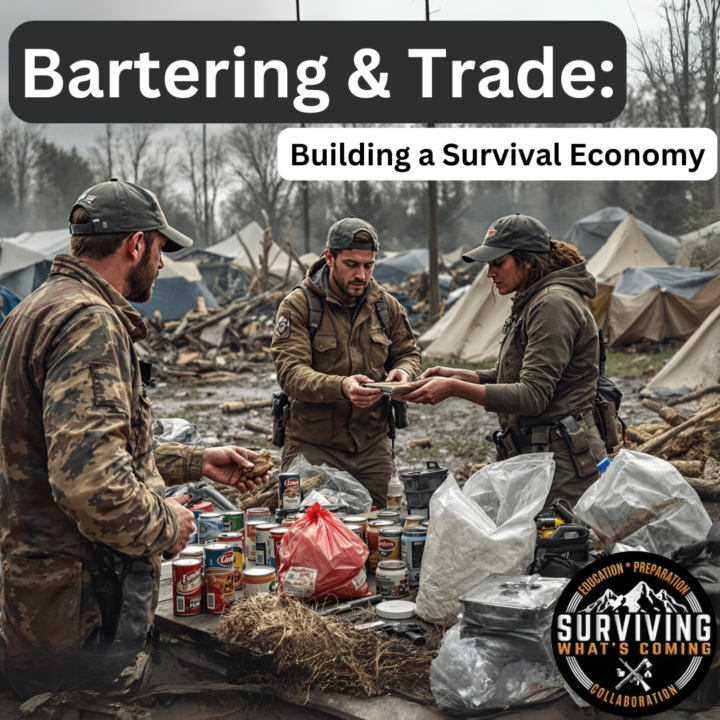
Beginner Prepper’s Journey: Week 12 – Long-Term Food Security & Sustainable Survival
Welcome to Week 12: Beyond Stockpiling – Creating a Long-Term Food Plan Over the past 11 weeks, we’ve focused on building a strong foundation in preparedness, from security to self-defense. But food storage alone won’t sustain you forever—true survival requires long-term food security strategies. This week, we’re focusing on sustainable survival—how to create food systems that last. Why Long-Term Food Security is Essential - Stockpiles run out – Even the best food storage plan has limits. - Supply chains are fragile – When disaster strikes, stores empty fast. - Self-sufficiency = true freedom – Growing, preserving, and producing your own food ensures long-term survival. Tasks for Week 12 1. Take Inventory & Extend Shelf Life - Check your current food stockpile—what’s missing? - Rotate your supplies—use the FIFO method (First In, First Out). - Start adding long-term storage foods like freeze-dried meals, rice, beans, and powdered milk. 2. Start Producing Your Own Food - Gardening – Learn to grow high-calorie survival crops (potatoes, squash, beans, corn). - Microgreens & Indoor Growing – Even small spaces can produce nutrient-dense foods. - Livestock & Protein Sources – Consider chickens, rabbits, or even fishing as sustainable protein options. 3. Master Food Preservation Techniques - Canning & Pickling – Preserve fruits, vegetables, and meats for long-term storage. - Dehydrating & Freeze-Drying – Extend the shelf life of meats, fruits, and full meals. - Fermentation – Probiotics improve gut health and add diversity to your survival diet. 4. Learn & Test Cooking Without Power - Solar Ovens & Rocket Stoves – Cook meals without gas or electricity. - Off-Grid Baking – Learn to make bread using Dutch ovens and campfire cooking. - Wild Foraging & Alternative Food Sources – Learn to identify local edible plants and mushrooms. 5. Strengthen Your Food Defense Plan - Keep food storage discreet—don’t advertise your supply. - Create a layered security plan for protecting livestock and garden crops. - Stock up on heirloom seeds—they reproduce year after year, unlike hybrids.
0
0
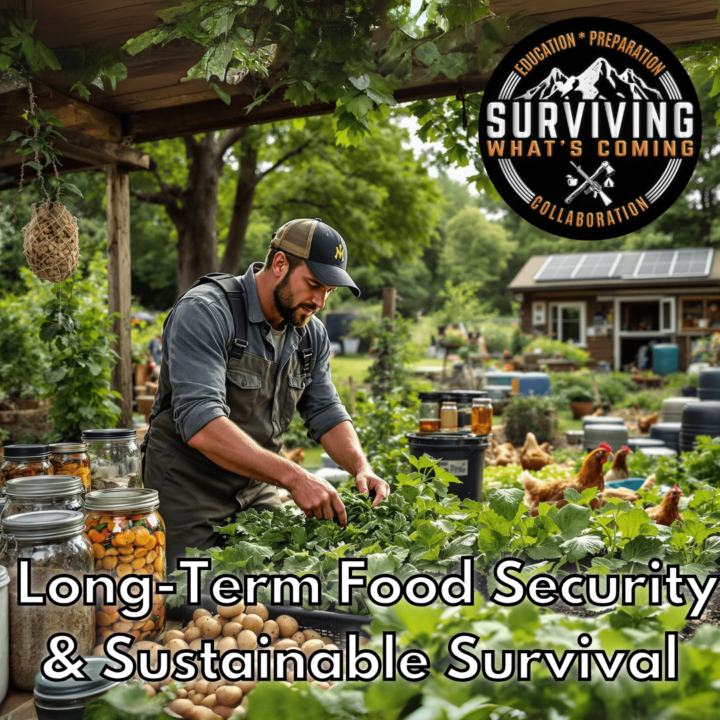
Beginner Prepper’s Journey: Week 11 – Self-Defense & Personal Safety
Welcome to Week 11: Protecting Yourself & Your Loved Ones Over the past ten weeks, you’ve built a strong foundation in preparedness—from home security to situational awareness. But what happens when avoidance isn’t an option? This week, we focus on self-defense and personal safety—because being prepared also means knowing how to protect yourself when danger is unavoidable. Why Self-Defense is Essential for Preppers - Emergencies often bring chaos—criminals take advantage of vulnerable situations. - The police may not be available during crises, meaning you are your own first responder. - Self-defense is more than fighting—it’s about prevention, awareness, and survival. Tasks for Week 11 1. Strengthen Your Everyday Personal Safety Habits - Always maintain situational awareness (review Week 10’s lessons!). - Trust your instincts—if something feels off, act accordingly. - Establish safe zones in your home and community. 2. Learn Basic Self-Defense Techniques - Practice striking vulnerable areas (eyes, throat, groin) for quick escapes. - Learn basic blocks, escapes, and counter-attacks for common threats. - Understand the difference between self-defense and fighting. The goal is to escape and survive. 3. Strengthen Your Home & Vehicle Safety - Always lock doors and windows, even when home. - Keep personal protection tools (flashlight, pepper spray, alarm) accessible. - Check your car before entering—criminals use parking lots as hunting grounds. 4. Explore Legal & Non-Lethal Self-Defense Options - Research state laws on self-defense and personal protection tools. - Consider non-lethal options like pepper spray, tactical flashlights, and stun guns. - If comfortable and legally allowed, look into firearms training. 5. Run Self-Defense Drills - Practice responding to surprise attacks (grab defenses, breakaways, etc.). - Drill home invasion response scenarios—what’s your escape or defense plan? - Train under stress—real-world self-defense isn’t static or predictable.
0
0
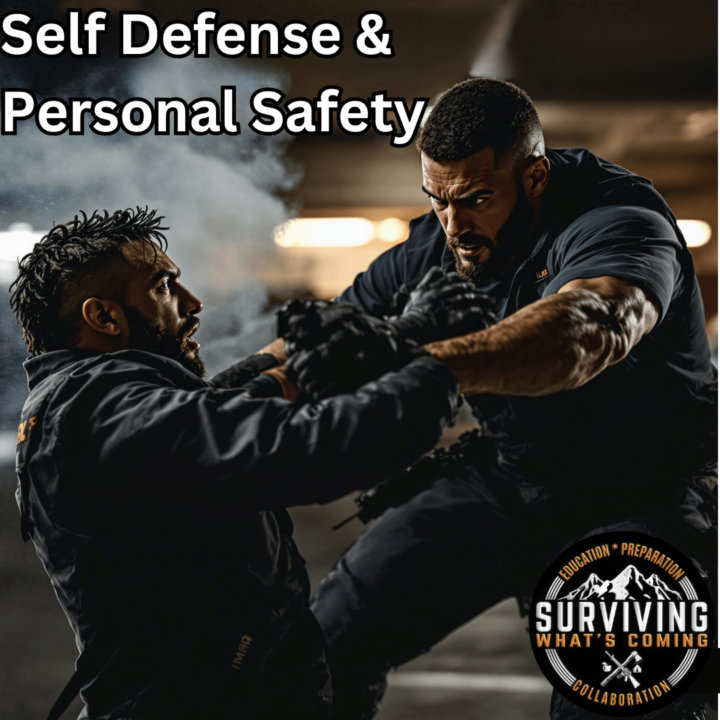
Beginner Prepper’s Journey: Week 10 – Situational Awareness & Threat Detection
Welcome to Week 10: Staying Ahead of Danger Before It Happens You’ve spent the last nine weeks building a strong foundation in prepping—securing your home, stockpiling resources, and preparing for emergencies. But none of it matters if you can’t recognize danger before it strikes. This week, we’re diving into Situational Awareness & Threat Detection—the ability to assess your surroundings, identify risks, and react before a crisis unfolds. This is a critical survival skill that can mean the difference between staying safe or being caught off guard. Why Situational Awareness Matters - Most threats don’t come out of nowhere—they have warning signs. - Criminals, disasters, and emergencies often give clues before they escalate. - A prepared mind reacts faster, smarter, and more effectively. Tasks for Week 10 1. Train Your Observation Skills - The 5-Second Scan: Regularly scan your environment—who’s near you? Any exits? What feels “off”? - Practice “Baseline Behavior” Recognition: Learn what’s normal in a setting so you can spot anything unusual. - Increase Peripheral Awareness: Expand your field of vision—don’t just focus straight ahead. 2. Learn the OODA Loop (Observe, Orient, Decide, Act) - Observe your surroundings for potential threats. - Orient yourself to what seems out of place. - Decide on a course of action—avoid, confront, or escape. - Act decisively—hesitation can cost you in an emergency. 3. Recognize Pre-Incident Indicators - Unusual loitering or watching behavior - Unnatural nervousness or shifting movements - Hands hidden or adjusting clothing (concealing weapons?) - People mirroring your movements (following you?) - Rapid changes in a person’s demeanor or behavior 4. Run Situational Awareness Drills - Public Place Drill: Go to a busy area and identify 3-5 things that seem “off.” - Home Security Drill: Assess your property at different times of day. Are there blind spots or security weaknesses? - Family Awareness Challenge: Have family members describe their surroundings in detail without looking.
0
0
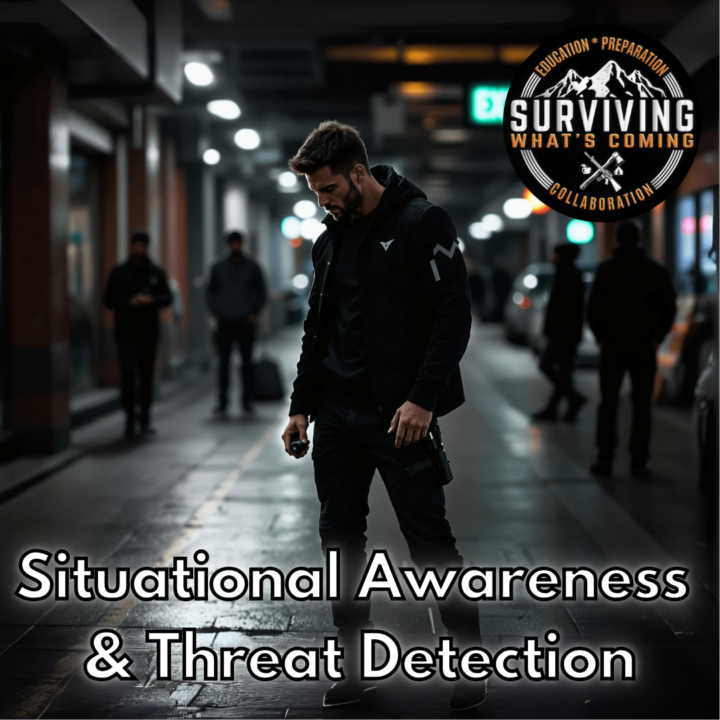
Beginner Prepper’s Journey: Week 9 – Urban vs. Rural Prepping Strategies
Welcome to Week 9: Prepping Based on Your Location Last week, we focused on alternative energy and power backup solutions, ensuring you can keep the lights on during a grid-down scenario. If you missed any previous weeks, go back and catch up—every step builds on the last. Preparedness is about strategy, and this week, we focus on location-based prepping. Your prepping plan must match your environment. Whether you’re in a city, suburb, or off-grid rural area, your risks and resources are different. This week, we’ll break down how to prep effectively based on where you live. Why Location-Specific Prepping Matters - Urban preppers face limited space, high population risks, and supply chain dependence. - Rural preppers deal with distance from resources, limited emergency response, and self-sufficiency demands. - Suburban preppers fall somewhere in between and must prepare for mixed risks. Knowing how to prep strategically for your location ensures you’re truly ready when disaster strikes. Tasks for Week 9 1. Identify Your Location’s Strengths & Weaknesses - List the top threats in your area (natural disasters, crime, supply chain failures, etc.). - Assess how self-reliant you can be in an emergency. - Identify escape routes and alternate shelter locations. 2. Build Your Prepping Strategy Based on Location 🏙️ Urban Preppers: - Focus on stealth prepping—keep supplies hidden and blend in. - Bug-in readiness is key (apartment or high-density prepping). - Learn escape route planning and alternative transportation methods. 🌾 Rural Preppers: - Secure long-term food & water storage (gardening, livestock, rainwater collection). - Have a communications plan—cell service may be unreliable. - Defensive strategies are more critical due to isolation. 🏡 Suburban Preppers: - Balance bug-in vs. bug-out strategies. - Build a strong local network (neighbors, community resilience plans). - Have a defensible property with security upgrades.
0
0
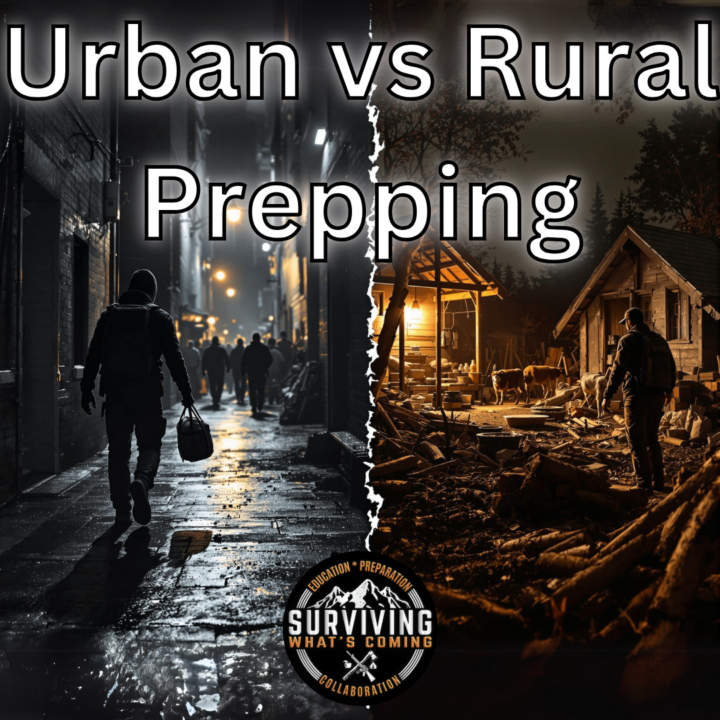
1-14 of 14
powered by

skool.com/surviving-whats-coming-6547
"Join Surviving What's Coming for expert prepping tips, exclusive guides, and community support to stay prepared for any emergency."
Suggested communities
Powered by
